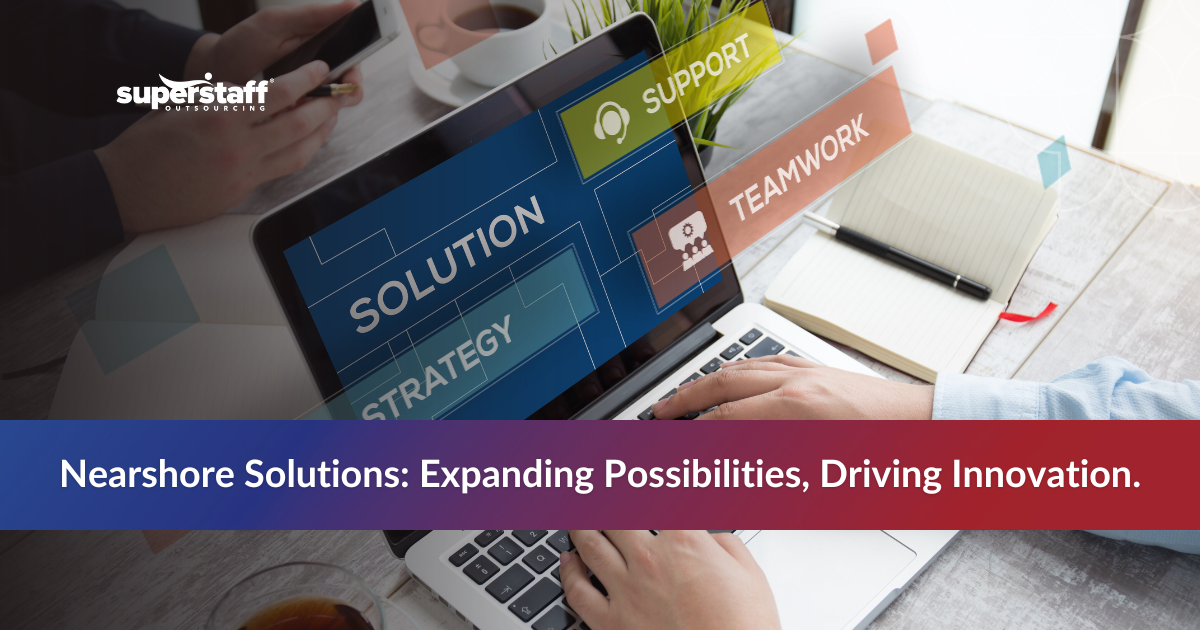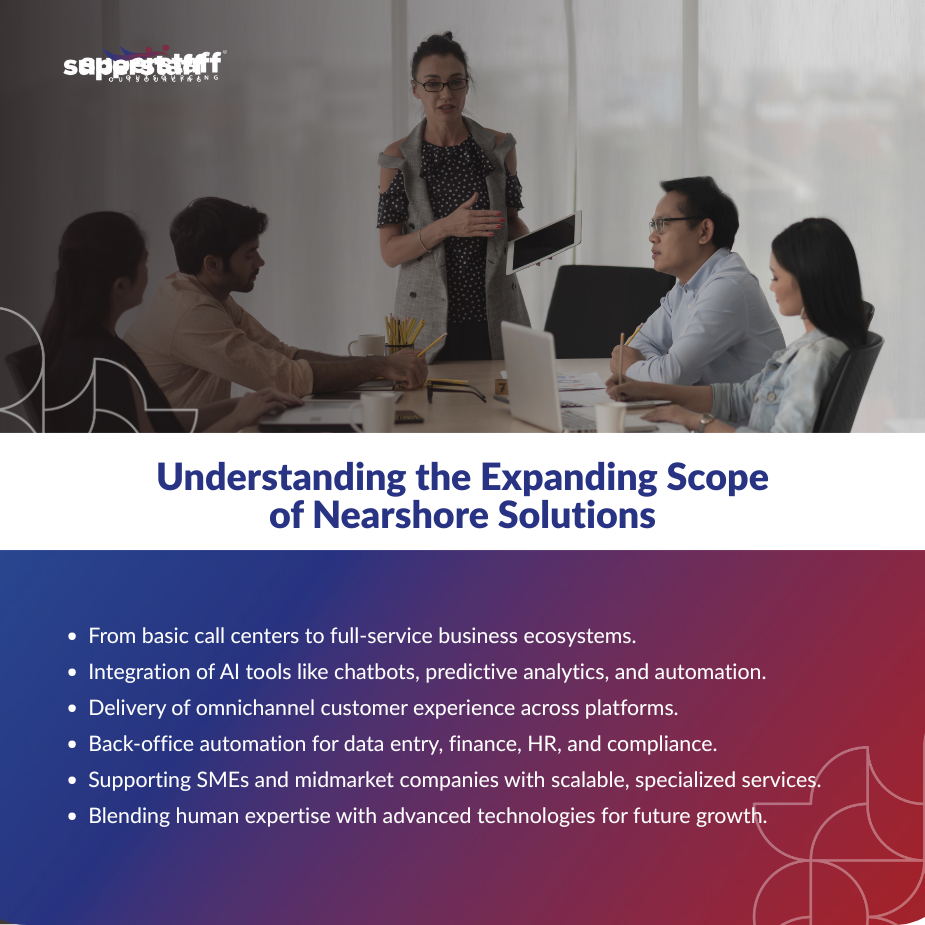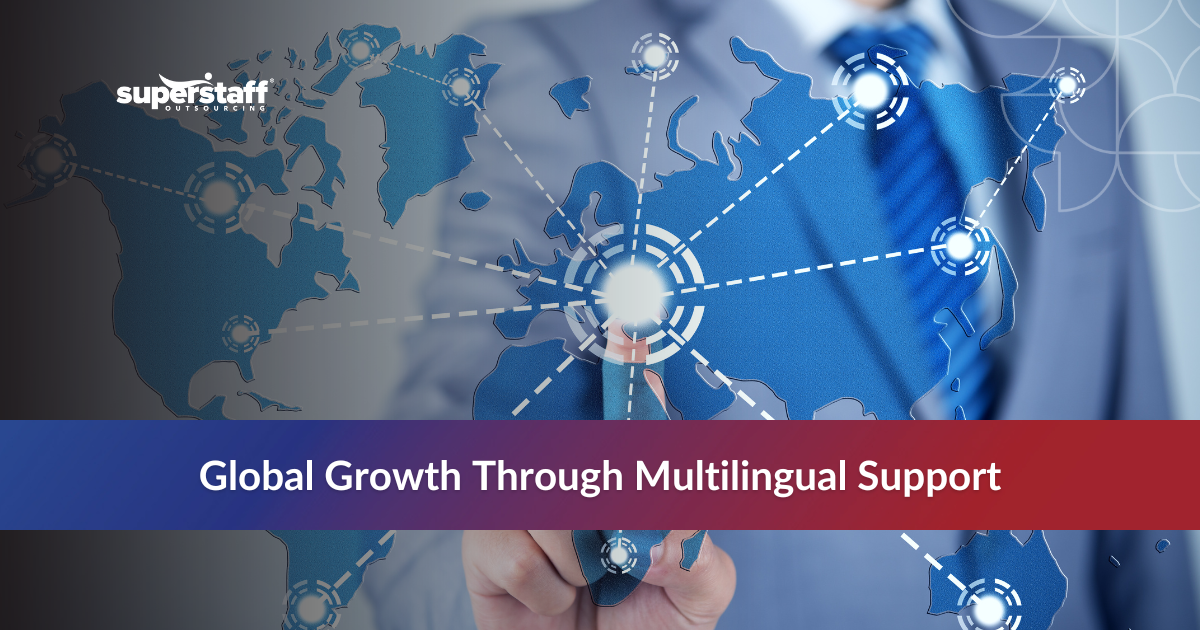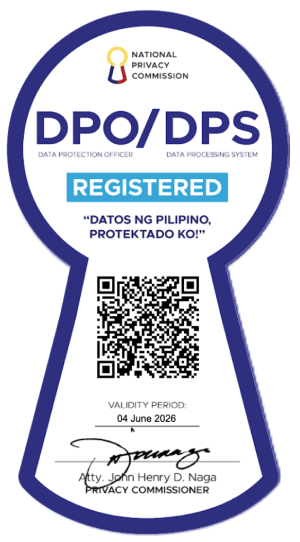
In just a few short years, nearshore outsourcing has transformed from a simple model of phone-based customer service into a sophisticated ecosystem of digital and AI-enabled functions.
What once revolved primarily around call centers now encompasses everything from omnichannel customer experience management to advanced back-office automation and artificial intelligence support. This evolution reflects not only technological progress but also shifting business demands.
Companies today require faster response times, smarter processes, and scalable systems that can adapt to constant market changes. As a result, nearshore solutions have moved beyond their traditional role as cost-saving measures to become strategic enablers of innovation, agility, and long-term growth. This blog explores how nearshore providers are expanding their scope and why this shift is redefining the future of global business operations.
Nearshore outsourcing began with call centers but has evolved into a full-service business solutions ecosystem.
Nearshore outsourcing has its roots in the early call center boom. Companies in North America began looking southward to Latin America and the Caribbean for customer service operations that could provide the right balance between cost efficiency and cultural compatibility. These first-generation partnerships were largely limited to voice-based support, helping customers troubleshoot issues or resolve inquiries over the phone.
Over time, however, market dynamics began to shift. Businesses no longer wanted providers that could only handle phone calls; they wanted partners capable of managing broader aspects of their customer journey.
Technology advancements accelerated this change. Cloud-based systems, faster internet infrastructure, and collaboration tools gave nearshore teams the ability to diversify their offerings. Talent availability also played a role. Many LATAM markets had large, educated workforces eager to take on more complex responsibilities, from technical support to data analytics and other nearshore IT services.
As client expectations grew, nearshore solutions evolved into full-service ecosystems. Today, they cover everything from digital marketing support to specialized IT services. This transformation reflects the adaptability of nearshore providers and the growing recognition that outsourcing is not just about saving money but about delivering real business value.
From these humble beginnings, nearshore partners now deliver solutions far beyond voice calls.
AI-powered support is redefining the capabilities of nearshore teams.
Today, more and more businesses are exploring the benefits of nearshore outsourcing for AI support.
Artificial intelligence is no longer a futuristic concept—it is embedded in the way modern outsourcing operates. Nearshore providers are embracing AI not to replace human agents but to augment their capabilities and streamline customer interactions.
One of the most visible applications is the use of AI chatbots and virtual assistants. These tools handle first-contact interactions, answering frequently asked questions or guiding customers through simple troubleshooting steps. This frees human agents to focus on more complex, high-value tasks that require empathy and critical thinking.
Predictive analytics is another powerful application. By analyzing past customer interactions and behavioral data, nearshore teams can anticipate customer needs before they even arise. This proactive support helps businesses build stronger relationships with their customers.
Intelligent routing and process automation also ensure that customer inquiries are directed to the right agent or department quickly, reducing wait times and boosting satisfaction rates.
The integration of AI into nearshore solutions demonstrates how technology and human expertise can work hand in hand to deliver smarter, faster, and more reliable service.
But AI is just one part of a broader transformation in service scope.

Omnichannel customer experience is now a core nearshore offering.
Today’s customers expect seamless interactions across multiple platforms. Whether it’s a phone call, email, social media message, or live chat, they want consistent, real-time responses that reflect the same brand tone. Nearshore providers have risen to this challenge by building omnichannel systems that unify communication across every touchpoint.
By outsourcing to a Colombia call center, you ensure that your customers won’t have to repeat themselves when they switch from one channel to another. An issue raised in an email can easily be followed up on via live chat or a phone call, with the agent already equipped with the customer’s history.
Social media has also become a critical part of the equation. Customers often use Twitter, Facebook, or Instagram as their first point of contact when voicing concerns. Nearshore teams are trained to respond quickly and professionally, preserving brand reputation while resolving issues in real time.
With omnichannel management embedded into nearshore solutions, businesses can meet their customers wherever they are, ensuring satisfaction and loyalty in an increasingly digital-first world.
Beyond customer-facing roles, nearshore teams are also taking on complex back-office and specialized tasks.
Back-office automation is unlocking operational efficiency for clients.
While customer experience often takes the spotlight, back-office operations are just as critical to business success. Nearshore providers are increasingly taking on these responsibilities, using automation to handle repetitive and labor-intensive processes with speed and accuracy.
Data entry and processing, for example, can be streamlined through automated systems that minimize errors and free up staff for more strategic tasks. Financial workflows—such as payroll processing, invoicing, and accounts reconciliation—are being managed by nearshore teams equipped with advanced software. HR functions like recruitment coordination, onboarding, and compliance tracking are also supported remotely.
Another important area is documentation management. In industries with strict compliance requirements, nearshore teams ensure that all records are accurate, secure, and easily accessible.
By outsourcing these processes to providers that leverage automation, companies not only save money but also gain operational agility. Nearshore solutions allow businesses to scale quickly without the burden of expanding in-house teams or infrastructure.
This operational depth is complemented by the unique advantages of nearshore proximity.
Proximity, cultural compatibility, and time zone alignment give nearshore solutions a competitive edge.
One of the defining features of nearshore outsourcing is geography. Unlike offshore destinations that may be halfway across the globe, nearshore locations offer close proximity, cultural familiarity, and overlapping work hours.
Shared time zones allow for real-time collaboration between client teams and nearshore providers. This means fewer delays in communication, faster decision-making, and smoother project execution. Cultural similarities also help. Many nearshore markets share values, idioms, and consumer behavior patterns with North America, making interactions more natural and effective.
For businesses that want to visit their nearshore partners, the short travel distance makes site visits and training sessions convenient and cost-effective. This fosters stronger relationships and a sense of trust between clients and providers.
These competitive advantages set nearshore solutions apart, giving businesses the ability to enjoy cost efficiencies without the operational headaches often associated with long-distance outsourcing.
These benefits are pushing businesses to see nearshore not just as a vendor option, but as a long-term growth partner.
SMEs and midmarket companies are leading the shift toward diversified nearshore partnerships.
While large corporations have long relied on outsourcing, today it is small and midmarket businesses driving the demand for modern nearshore services. For these companies, scalability and innovation are essential. They often lack the resources of enterprise organizations but still need advanced capabilities to stay competitive.
Nearshore partnerships allow SMEs to expand without overstretching budgets. They can access specialized skills—such as IT development, data analytics, or multilingual customer service—without the overhead of hiring large in-house teams. Technology infrastructure provided by nearshore partners also levels the playing field, giving smaller companies access to tools that were once only available to enterprises.
Flexibility is another key advantage. SMEs often pivot strategies quickly in response to market changes. Nearshore providers are well-suited to adapt with them, whether that means expanding customer support capacity during peak seasons or integrating new digital solutions on short notice.
This shift shows how nearshore solutions are no longer just for the biggest players—they are vital growth engines for businesses of every size.
Looking ahead, the scope of nearshore solutions is set to expand even further.
The future of nearshore outsourcing lies in blending human expertise with advanced technology.
The next era of outsourcing will not be defined by humans versus machines, but by how the two work together. Nearshore providers are already leading this movement, integrating AI, data analytics, and machine learning alongside skilled professionals.
For customer support, this means blending AI-powered chatbots with empathetic human agents to create personalized and proactive experiences. For operations, predictive analytics will enable companies to anticipate and resolve problems before they escalate. Nearshore teams will also continue to upskill, developing expertise in emerging technologies and specialized industries to remain indispensable partners.
This human-tech synergy is what makes nearshore solutions so powerful. They provide not only efficiency and scalability but also the adaptability needed to navigate an unpredictable business landscape.
This transformation makes nearshore an indispensable partner in modern business strategy.
Turn to SuperStaff for Comprehensive Nearshore Solutions in Colombia
Nearshore outsourcing has grown from call center roots to a diverse, technology-driven solution that drives innovation, scalability, and customer satisfaction. Over the years, providers have embraced AI, built omnichannel capabilities, automated back-office processes, and leveraged cultural proximity to deliver greater value.
From SMEs to multinational corporations, businesses are discovering that nearshore solutions are more than a cost-saving measure—they are strategic assets that fuel growth and resilience. By partnering with providers that blend human expertise with cutting-edge technology, companies can prepare not just for today’s challenges but for tomorrow’s opportunities.
Partner with a nearshore provider that understands the future of business—one that blends human expertise with advanced technology to meet your needs today and tomorrow.






